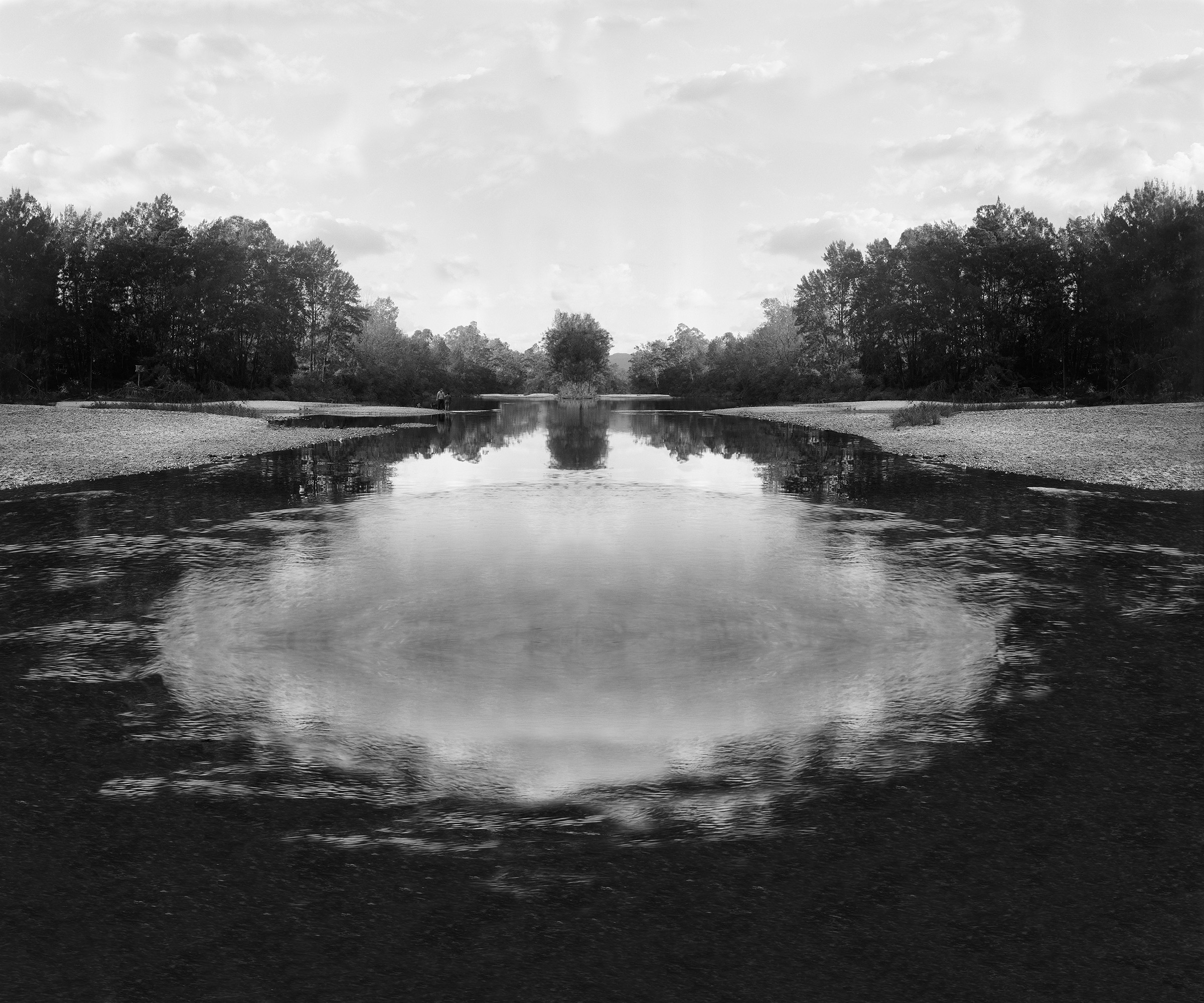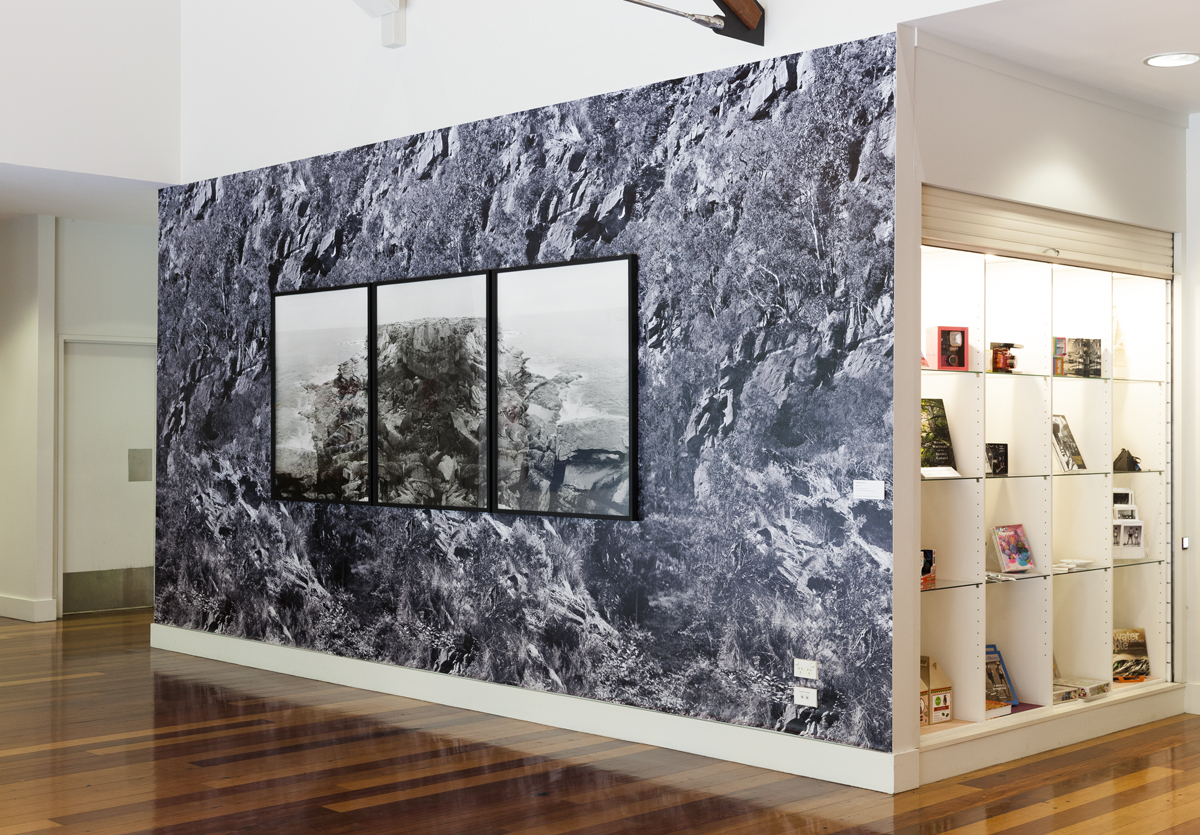17 December 2016 to 5 February 2017

Image: Ashleigh Garwood Hawkesbury River 2014, silver gelatin print. Courtesy the artist.
Ashleigh Garwood, Justine Varga and Amanda Williams embrace and exploit traditional photographic techniques and mediums to
create innovative and experimental work.
These pieces reflect a commitment to the craft while pushing the envelope of experimentation. Witness how contemporary artists take classic mediums and elevate them into avant-garde creations, producing some of the most innovative photographic work in the industry.
Combining silver gelatin photography with alternative processing techniques, Ashleigh Garwood’s series Of Other Spaces questions the influence and power of landscape imagery in shaping a cultural and national identity. Original images were taken on 4x5 inch sheet film at particular locations and landmarks, the negative films were scanned then digitally manipulated and altered and the now digital images were then written back to film and printed as silver gelatin photographs, therefore anchoring the work process at either end with traditional handmade photographic techniques.
Amanda Williams’ practice explores the history of photography and architectural modernism, often using vintage equipment and papers with expired processing chemicals or distinguishing between analogue and digital processes as a subtle comment on the apparent obsolescence of analogue techniques and technologies. Darkroom experimentation including bleaching or solarising with extra light either removed, enhanced or sifted tonal variations in the images, while the use of exhausted developing chemical or not fixing images caused the image to continually change over the course of its exposure to light in the gallery.
In contrast, Justine Varga creates dynamic, full colour photographic works from an intimate exchange between a strip of film and the world that comes to be inscribed on it. Made without a camera and over extended periods, Varga’s Memoire series of photographs embody a particular intersection of time and place. These photographs come into being as a result of two interrelated processes, the first involving the film being exposed to durational bodily or environmental actions. Exposed to light for periods of months or years, these pieces of film are processed and then printed at large scale in the darkroom. Though Varga’s photographic works are colour, the chromogenic colour process is similar to the silver gelatin processes of Garwood and Williams in that the three dye layers of the paper contain light-sensitive silver halide, and after exposure, the silver image is developed by a colour developer, then the silver is removed, leaving the colour image.





